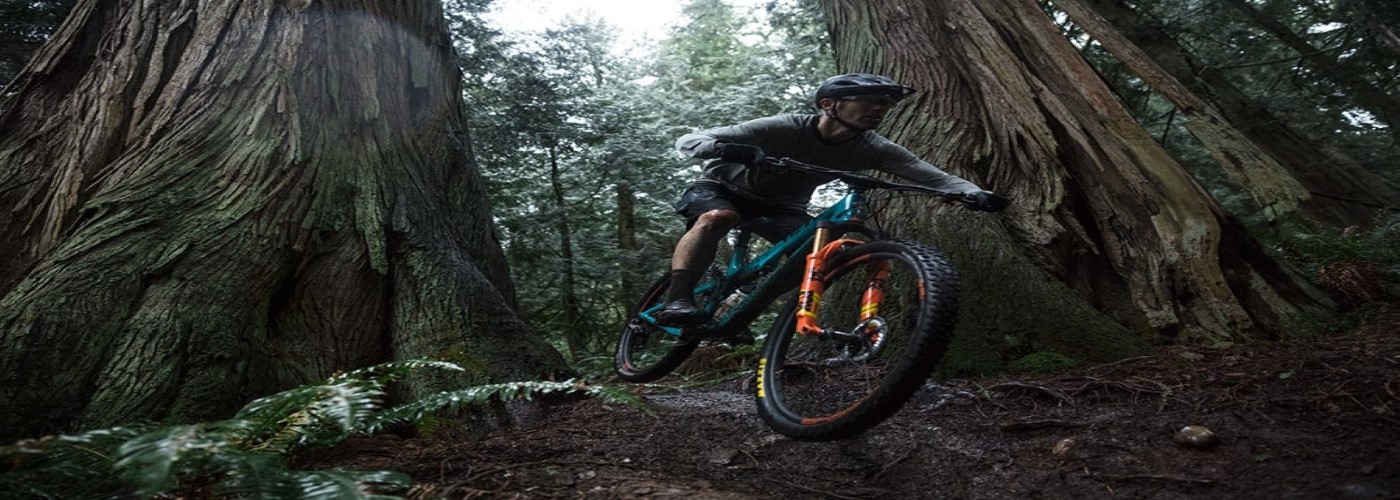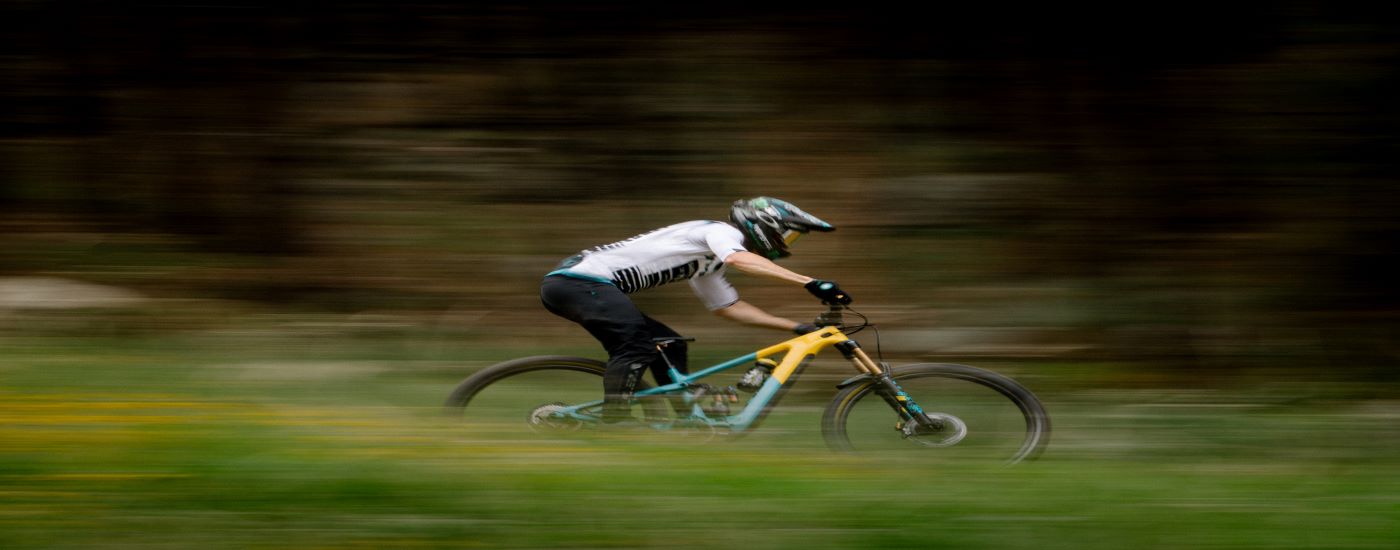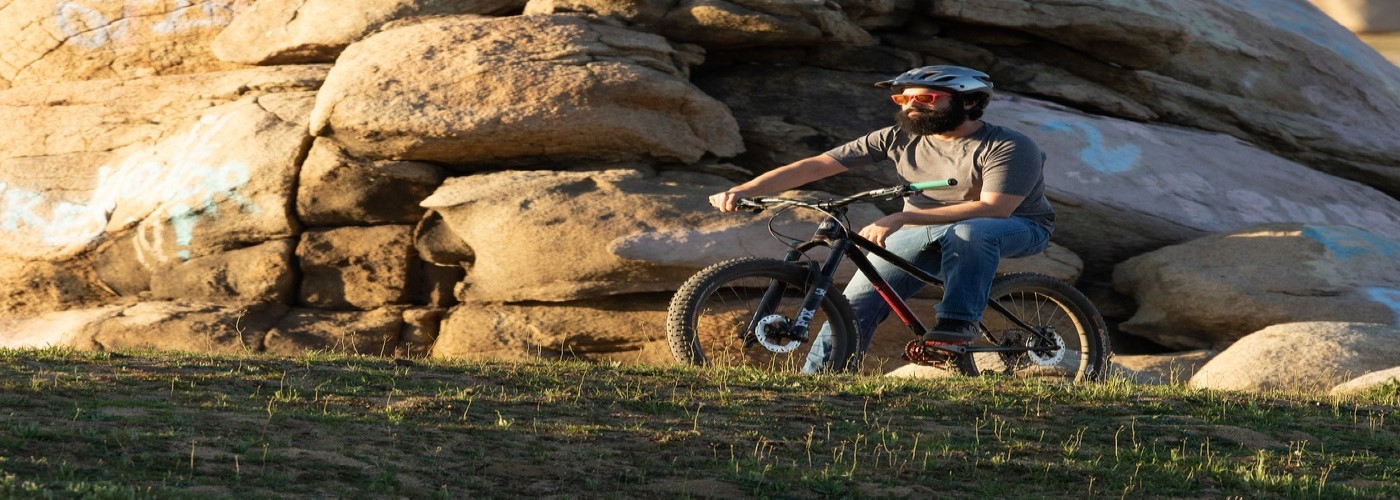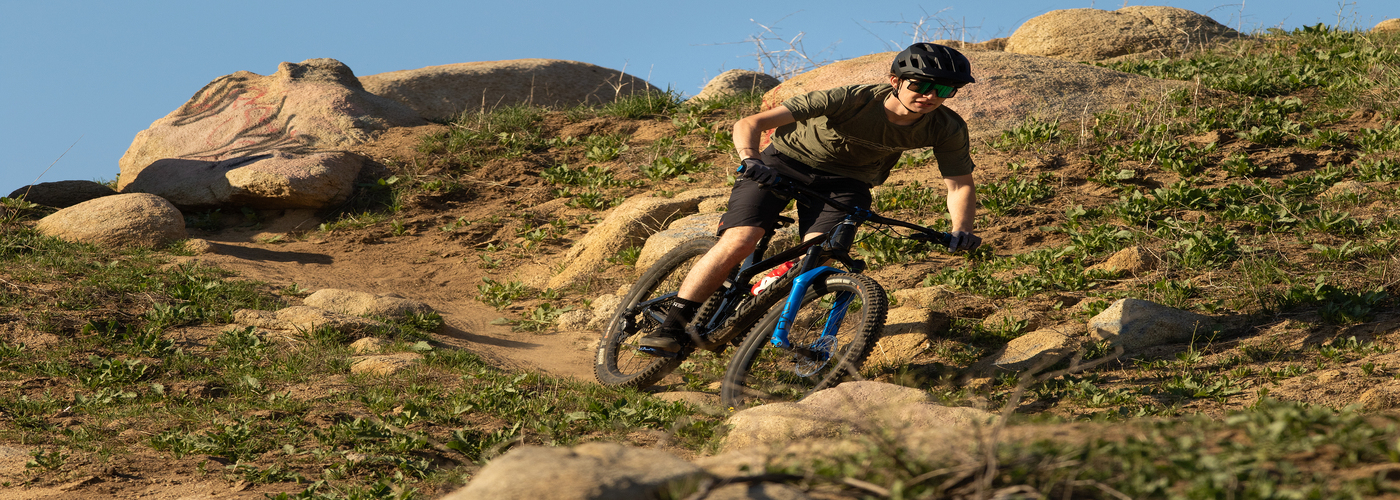Featured Brands
Recommended Products
WINTER20
|
Get free shipping, on most items, with your $50 purchase today! Same day shipping on most orders if placed by 3pm PST.
PLEASE NOTE:
This offer is only available to physical shipping addresses in the 48 continental United States (no PO Boxes), and some exclusions apply.
Oversize Charges
Some large and/or heavy items are subject to additional oversize charges that are separate from standard shipping costs.
Bike Build Process
All bikes are built, tested, tuned, and ready to ride upon shipment. The bike build process typically takes 2-3 days to complete depending on the bike model and the complexity of the build.
Stock Status
Orders for in-stock items placed by 3PM PST usually ship on the same day. Orders that include special-order or backordered items may be subject to shipping delays depending on product availability. Refer to estimated delivery times in cart when selecting shipping options.

Our Gear Advisors are Ready to Help.

The earliest versions of what we know today as “mountain bikes” were very different compared to the two-wheeled wonders we ride on our favorite trails today. The world of mountain biking has come a long way since the pioneers of our sport blasted down Mt. Tamplais in California on modified beach cruisers with a foot out in a skid to add a bit more stopping power to the rapidly overheating drum brakes!
If you want evidence of such evolution, all you need to do is glance at the mountain bike section of Jenson USA’s website. Not only is there over twenty brands of the industry’s best of the best, but also there is a dizzying array of choices categorized under various types of mountain bikes.
Yes, all mountain bikes are designed to be ridden off-road, but not all mountain bikes are created equal. Given how the sport has evolved since the first mass-produced bikes in the early 1980’s, a number of different categories of mountain bikes have been developed to better cater to the various riding styles that evolved.
In this article we explain the different types, or categories, of modern mountain bikes and the specific factors that should inform your decision to purchase one over the others.

A cross-country bike is designed to be as efficient as possible when it comes to transforming pedaling power into forward motion. Cross-country riders seek big days in the saddle covering long distances, often with significant vertical gain. For a bike to climb efficiently, lightweight components and efficient suspension that doesn’t sap the rider’s energy are prioritized.
While cross-country bikes excel in riding long distances and going up big climbs as efficiently and quickly as possible, this comes at the expense of absolute descending prowess. To be clear: modern XC bikes are very capable descenders, but their primary strengths are in devouring big distances and steep ascents.

Trail and All-Mountain bikes represent the Goldilocks of mountain bikes. This is the do-it-all category of mountain biking. They have just the right amount of suspension travel, combined with a balanced component spec to enable you to ride a bit of everything without feeling over or underbiked. All-mountain simply means they’re designed to be ridden on all of the mountain, going up and coming down.
Trail and all-mountain bikes are fantastic for the rider who wants maximum versatility and maximum fun. They won’t be the fastest on climbs, or the most capable on very rough downhill terrain, but they will offer a great balance of geometry and features to suit almost any terrain you’re likely to encounter. Trail bike rides are about the smiles more than the miles.
The terms trail and all-mountain are often used interchangeably. Trail bikes are all about balance and versatility. Key features include:

Enduro mountain bikes evolved to meet the demands of the eponymous emerging discipline of mountain bike racing. In enduro racing, you still climb on the bike, but it is only a means to an end of getting to the main event: the descent. One of the rules of enduro is that you can only use one bike to get through a race, so it must be strong enough to survive those high-speed descents littered with rocks, jumps and drops.
Perhaps one way to describe enduro mountain bikes is that they are trail bikes on steroids. Enduro bikes are designed and built to handle the stresses that both the bike and rider are subject to on long, steep and rough mountain descents. They’re not great climbers, but then again enduro bikes have their origins in a type of mountain bike racing that only times the downhill segments of the race and uses the climbs as untimed transitions.

Downhill bikes are purpose-built for descending big mountain terrain. They don’t impart any claims of pedaling your way up to earn your descents like their Enduro and trail cousins do, and they’re typically shuttled uphill by vehicle, chairlift or on foot.
If you don’t care for climbing, live for big descents, gnarly terrain and technical trail features like big drops, double jumps and ripping through rock gardens, then there is little point in considering anything but a downhill bike.
A side note on freeride bikes: Downhill and freeride bikes share much of their DNA and can be ridden on the same type of trails. The difference being that downhill bikes are geared more towards downhill racing, while freeride bikes are used for stunts that display elite levels of bike handling over technical terrain (think Red Bull Rampage style of competitions).

The term “electric mountain bike” can be deceiving to the uninitiated. This is not a bike powered only by an electric motor. You still need to provide the main pedaling input, and the motor provides a boost. For this reason, electric mountain bikes are also often known as pedal-assist mountain bikes. Electric mountain bikes allow the rider to ride faster, for longer with less exhaustion.
Electric mountain bikes are great if you live in a mountainous area with no shuttle assist and you need to get in more laps per ride before feeling completely spent on the climbs. They’re also excellent in leveling the playing (or rather riding) field when it comes to group rides with people of different fitness levels. One more reason to get an electric mountain bike is when recovering from injury or illness that would otherwise prevent you from riding a non-electric bike. The boost in speed and power comes at the expense of the significant weight added to the bike due to the motor, wiring and controls. Electric mountain bikes allow the exploration of riding opportunities that would otherwise be out of reach.

Hardtail bikes have front suspension only. What they lack in rear wheel traction they make up for in pedaling efficiency.

A full-suspension bike has both front and rear suspension. There are various suspension designs with different pivot arrangements and ride characteristics. Full-suspension bikes provide more traction and comfort over rough terrain.
Picking the right mountain bike frame size involves two things that are easy to do:
To learn more, check out our complete guide on How To Choose a Mountain Bike
Jenson USA carries some of the best names in the mountain bike industry including (but not limited to) Niner, Yeti, Santa Cruz, Ibis, Evil, Orbea and Rocky Mountain.
Mountain bikes are categorized by style of riding. Types of mountain bikes include: Cross country, Trail/All-Mountain, Enduro, Downhill/Freeride and Electric Mountain Bikes.
Enduro bikes typically have longer travel suspension, slacker and longer frame geometry and more durable components.
XC bikes have lighter builds and geometry optimized for climbing. Trail bikes have a more neutral geometry with a balanced component spec.
You certainly can, but as terrain gets steeper and gnarlier you will want to consider Enduro bikes. On extremely steep and rough trails with shuttle access, downhill bikes will excel.
Yes, but only on small to medium jumps or drops. As those features get bigger, you will want to be on a longer travel bike.
You can climb on Enduro bikes, but they are designed primarily for descending. If you do lots of climbing, you are better served with a lighter weight trail or even XC bike.
Hopefully this short guide on the different types of mountain bikes has given you insight into a type of mountain bike that is right for you. To learn more about other considerations when purchasing a mountain bike, or for help choosing a bike, gear, or components, contact a Gear Advisor for expert help on all things related to biking.
PHONE: (951) 234-7554
SAVE 20% ON FIDLOCK
SHOP NOW
SHIP ALMOST ANYTHING & SAVE
SHOP NOW
Follow Jensonusa